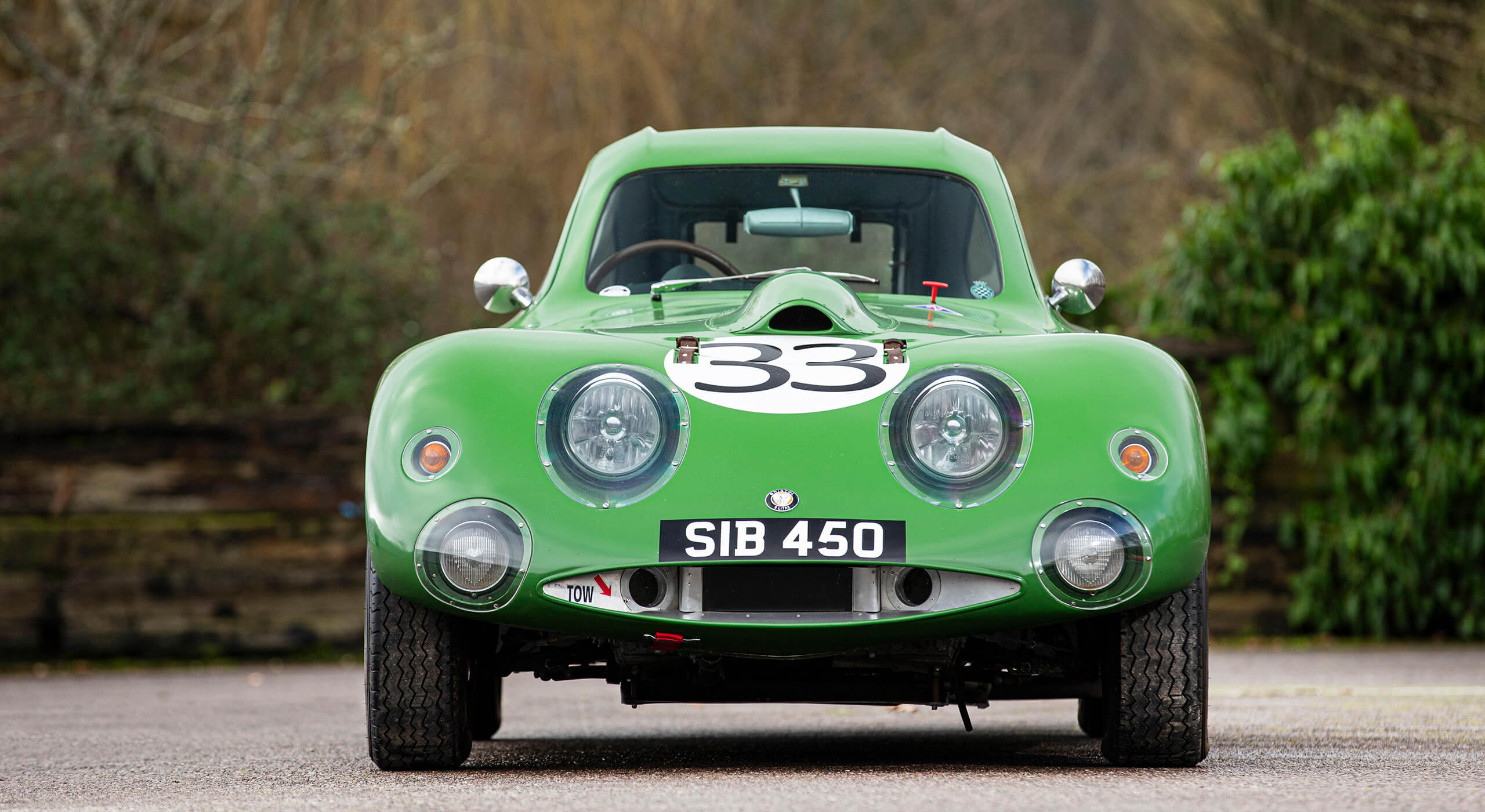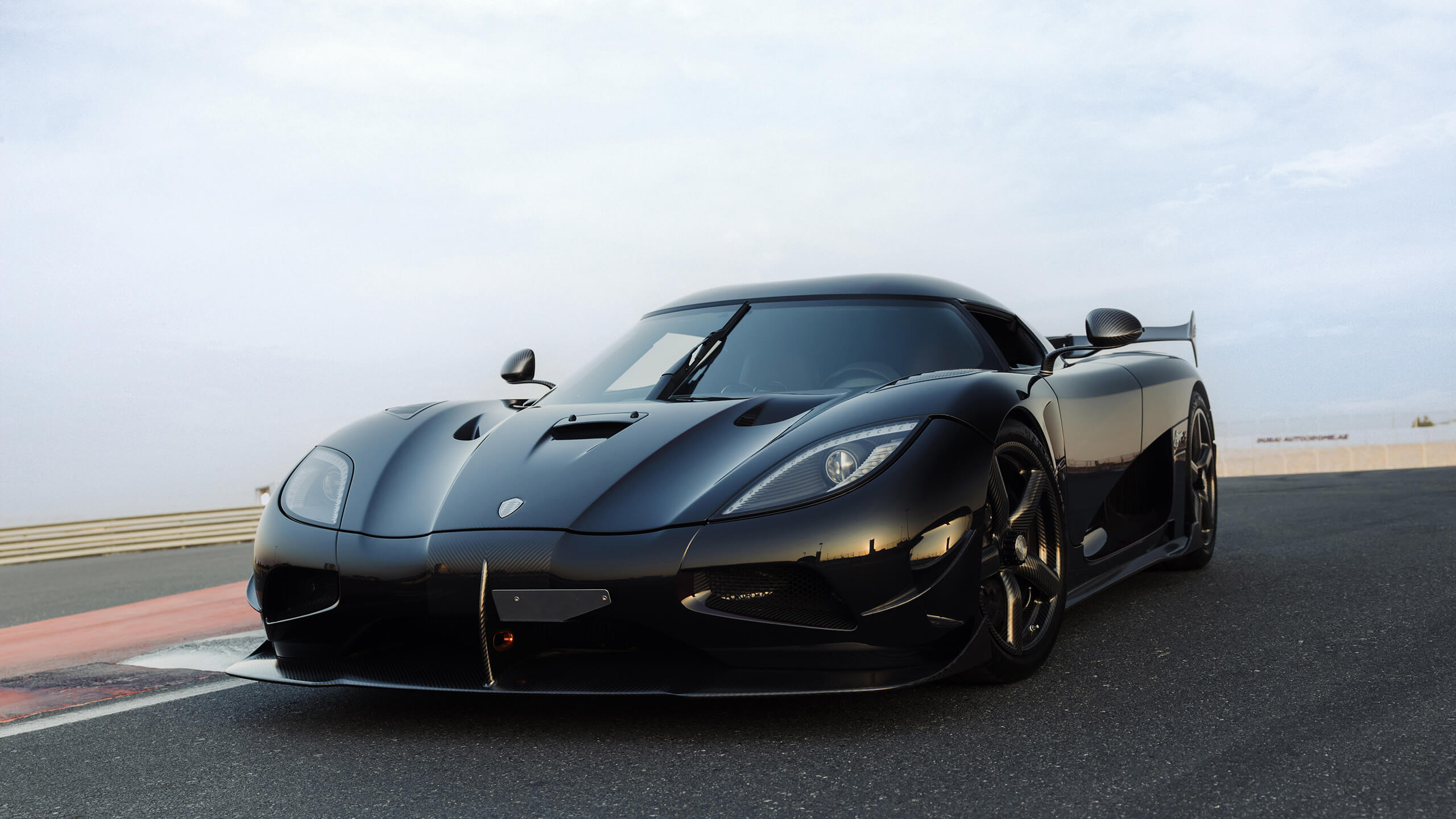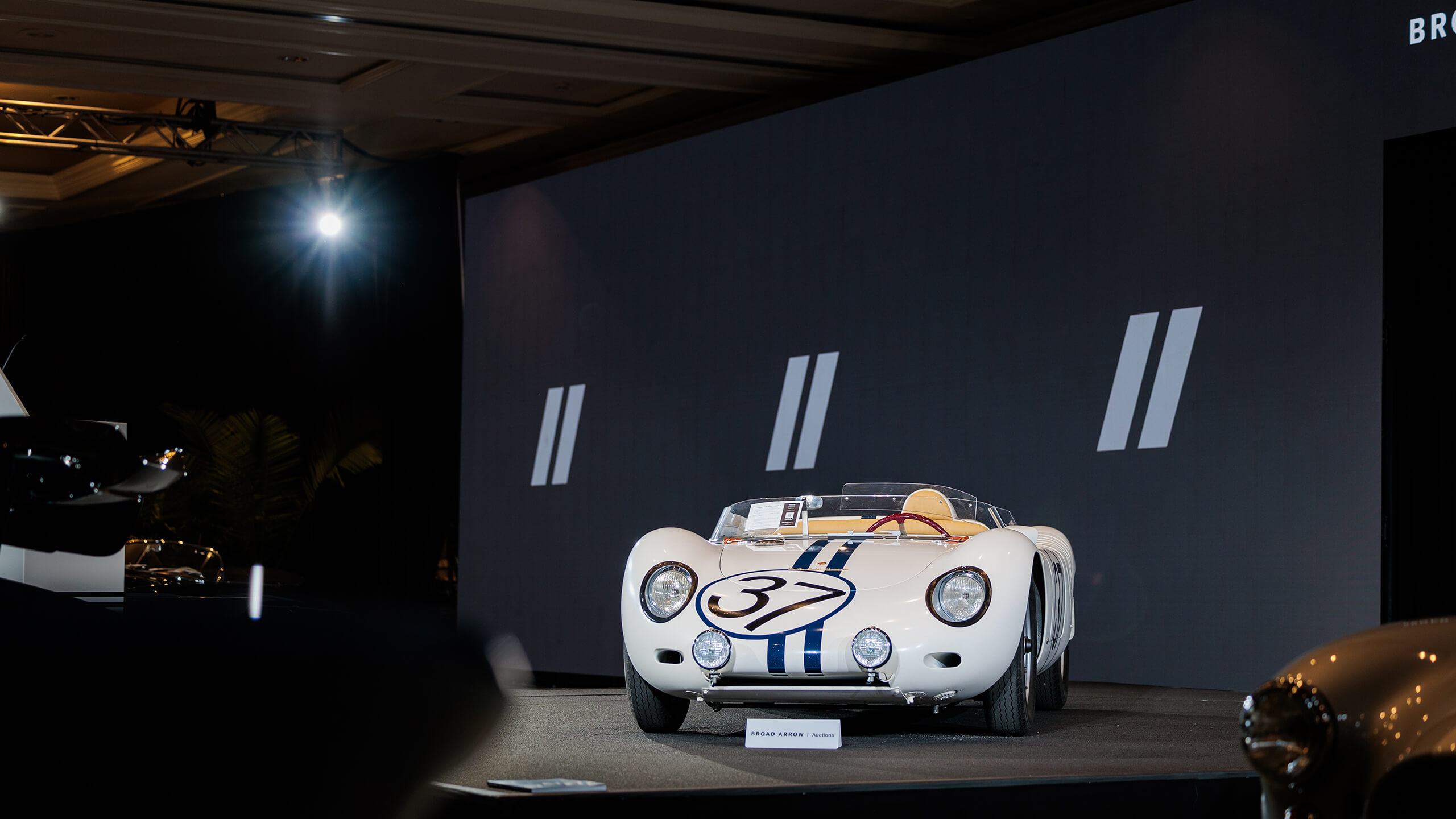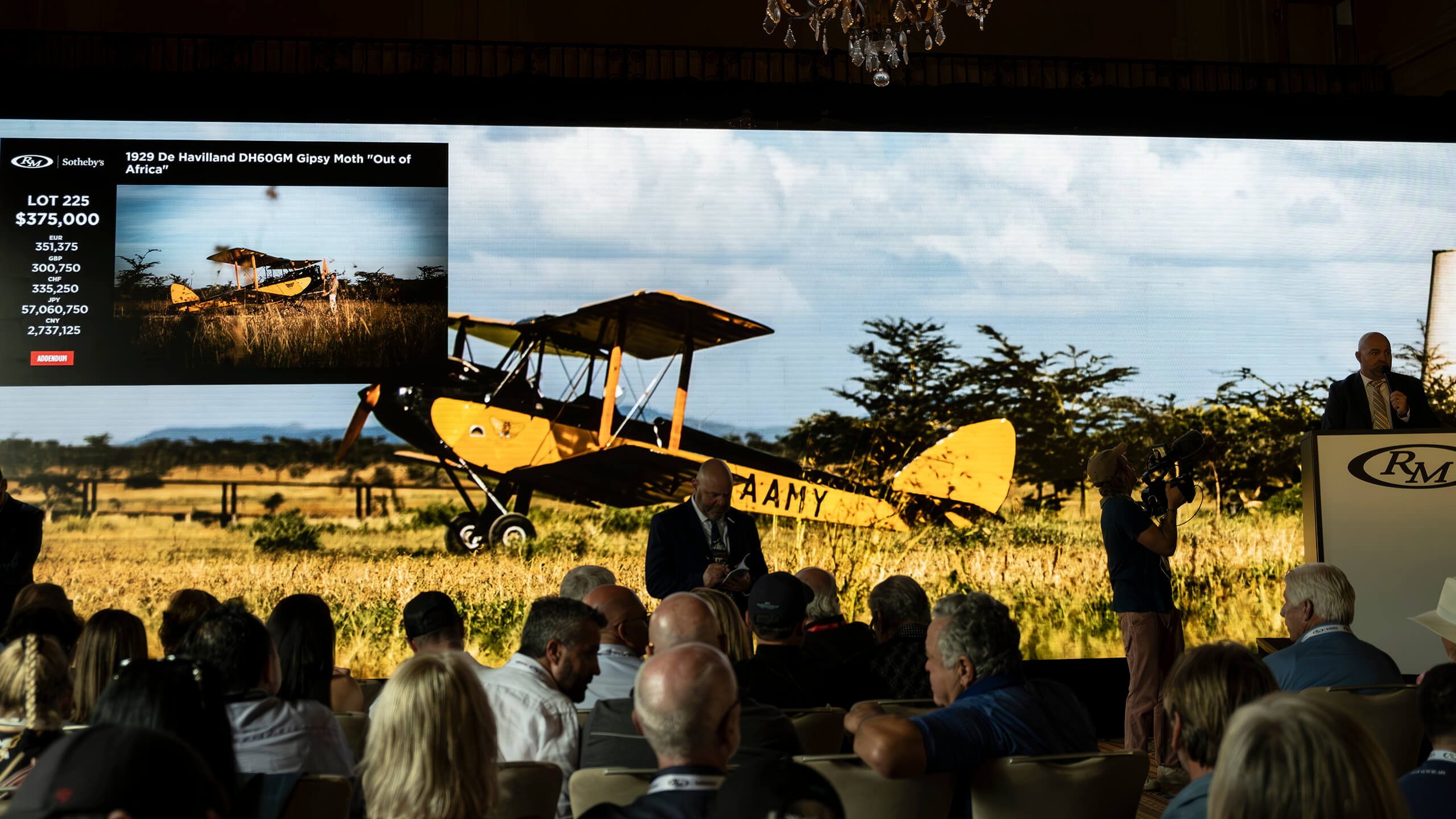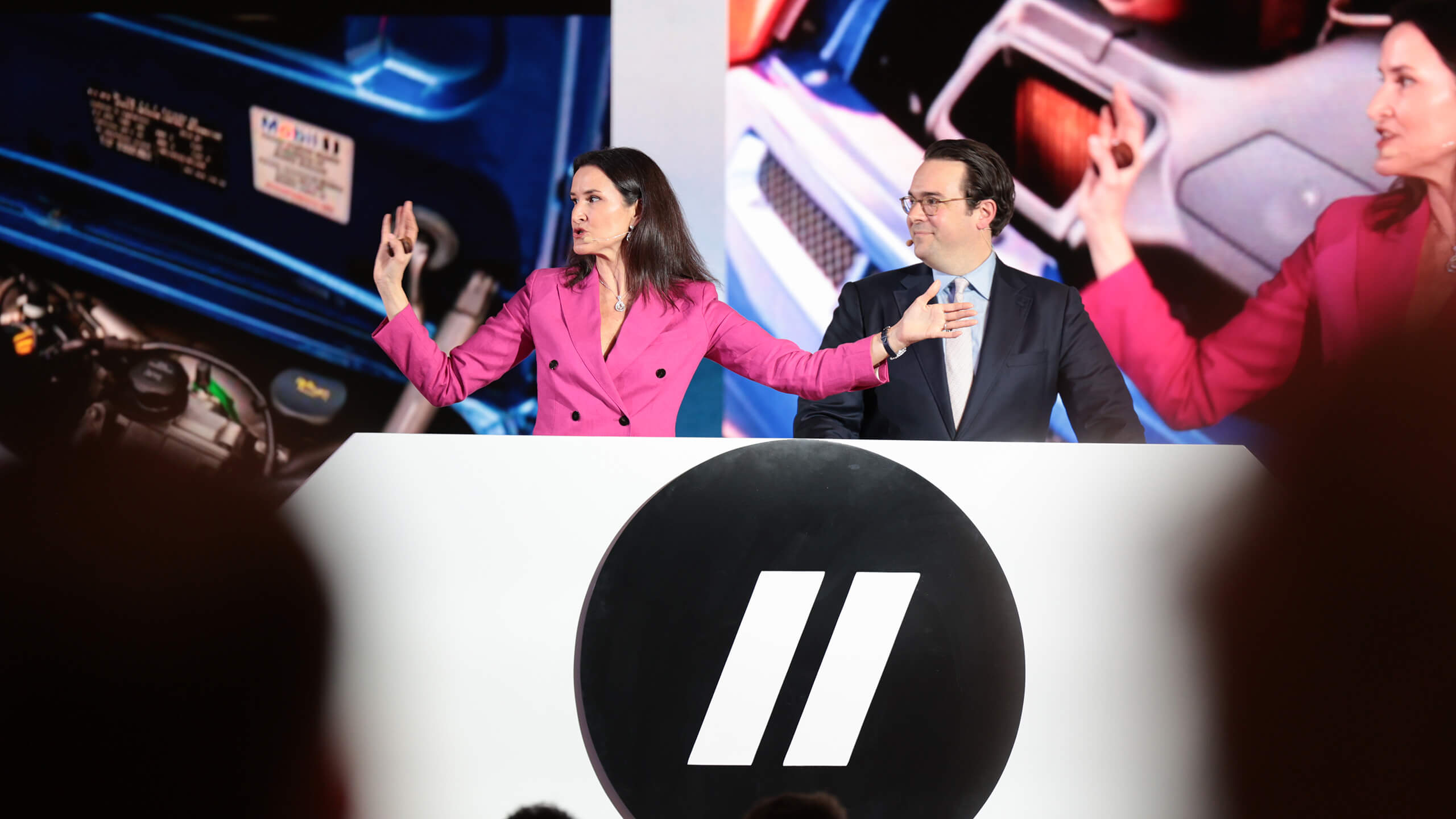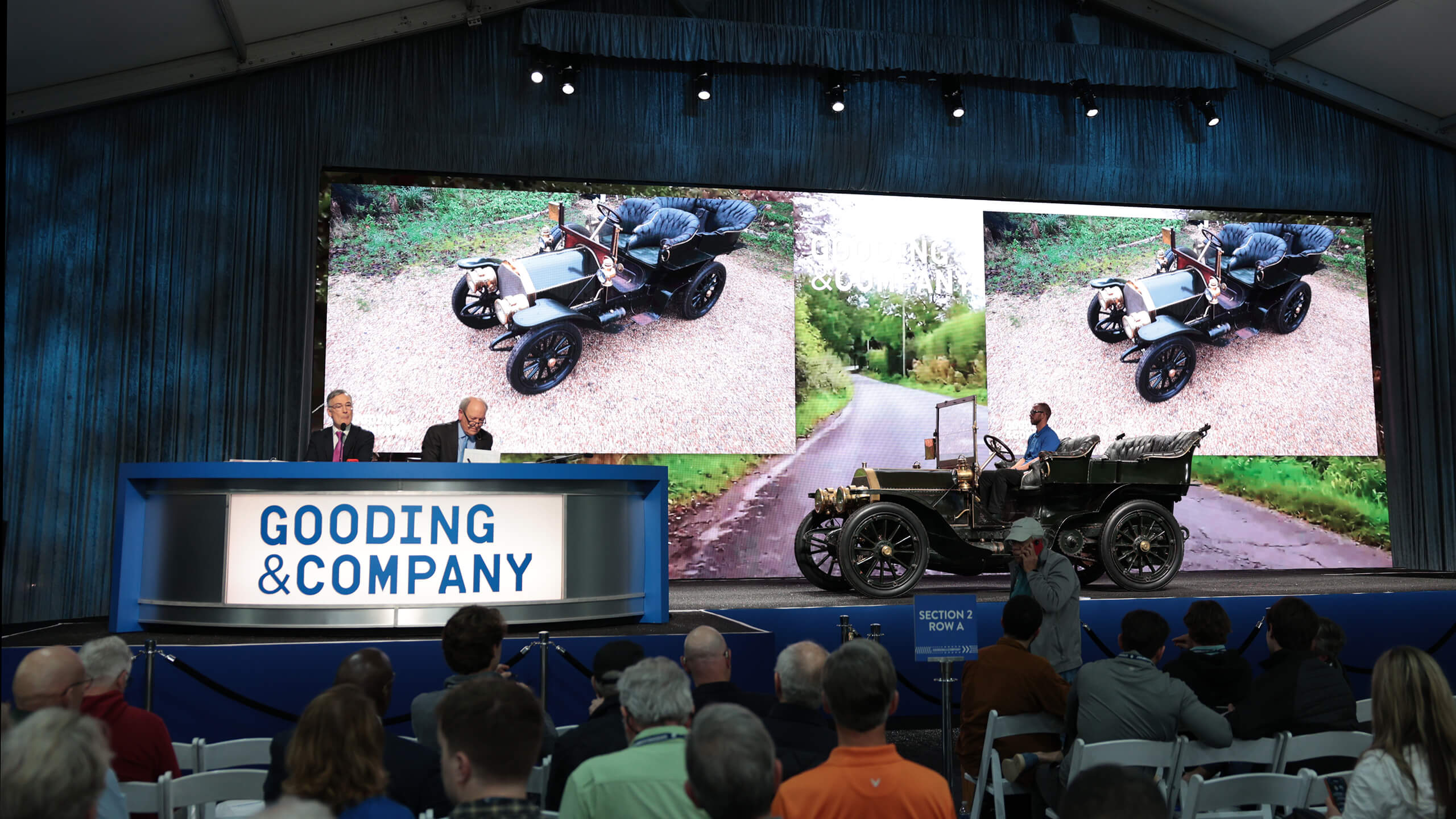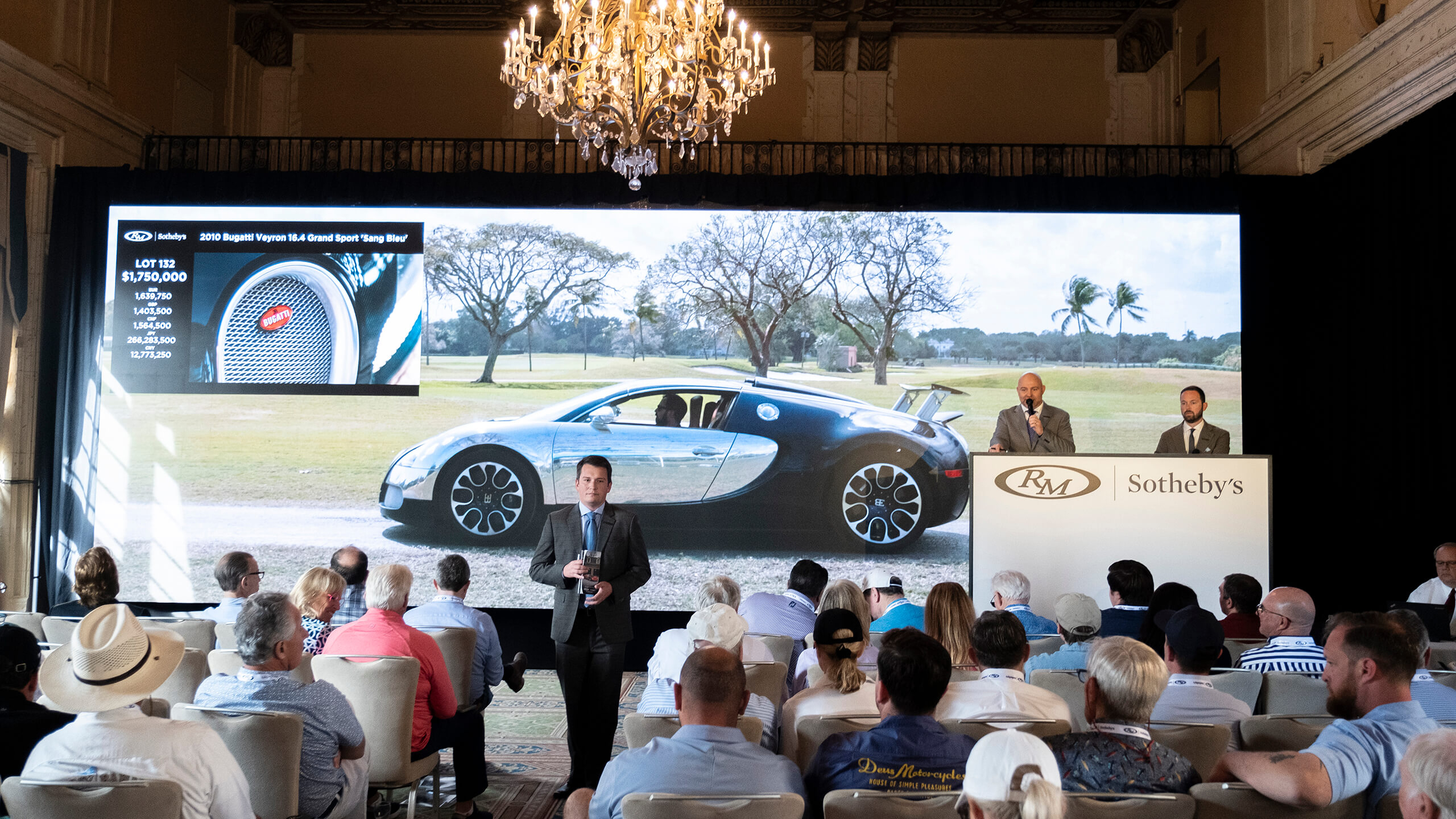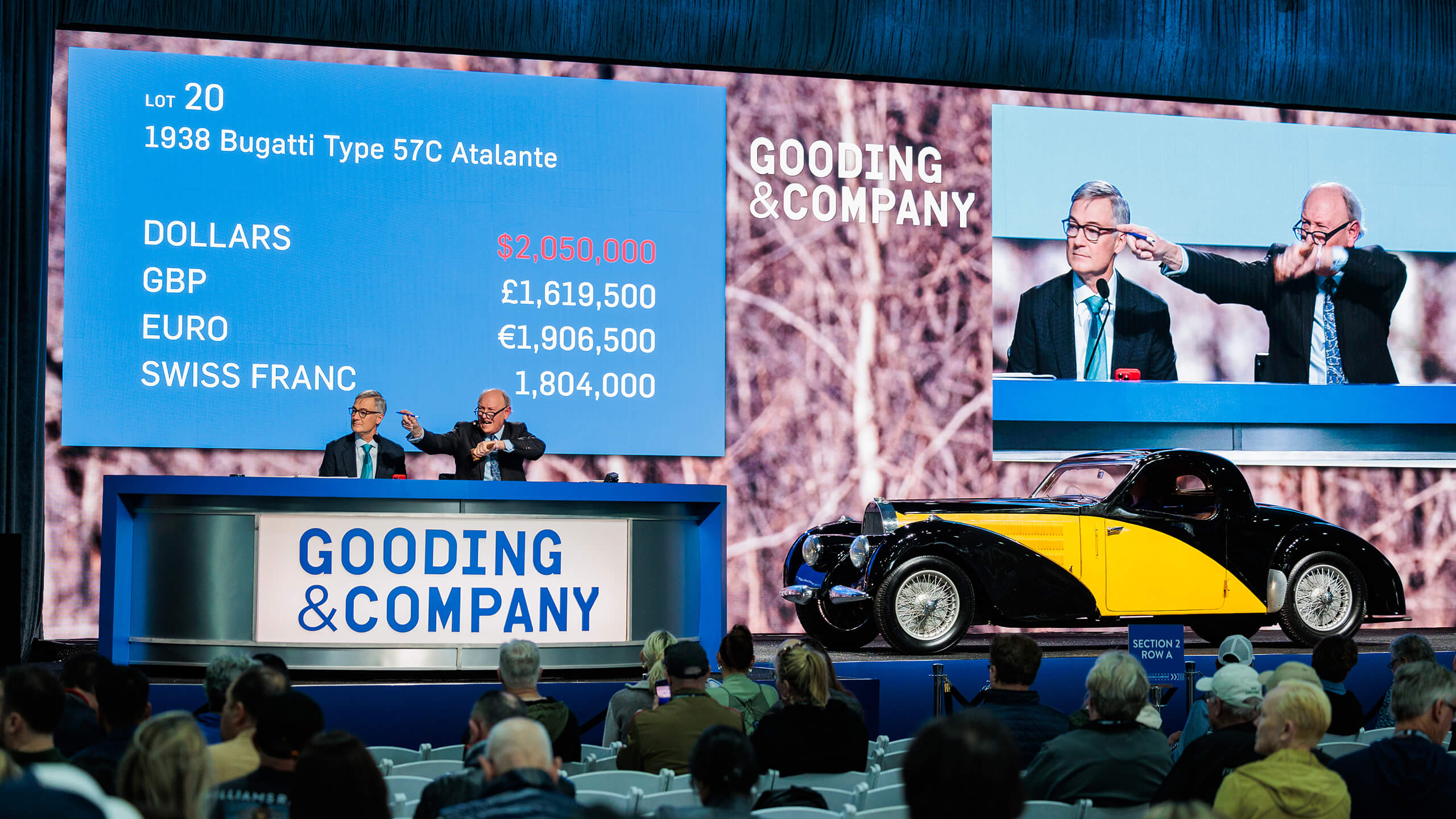Test Drive: Mel Nichols on the Porsche 959
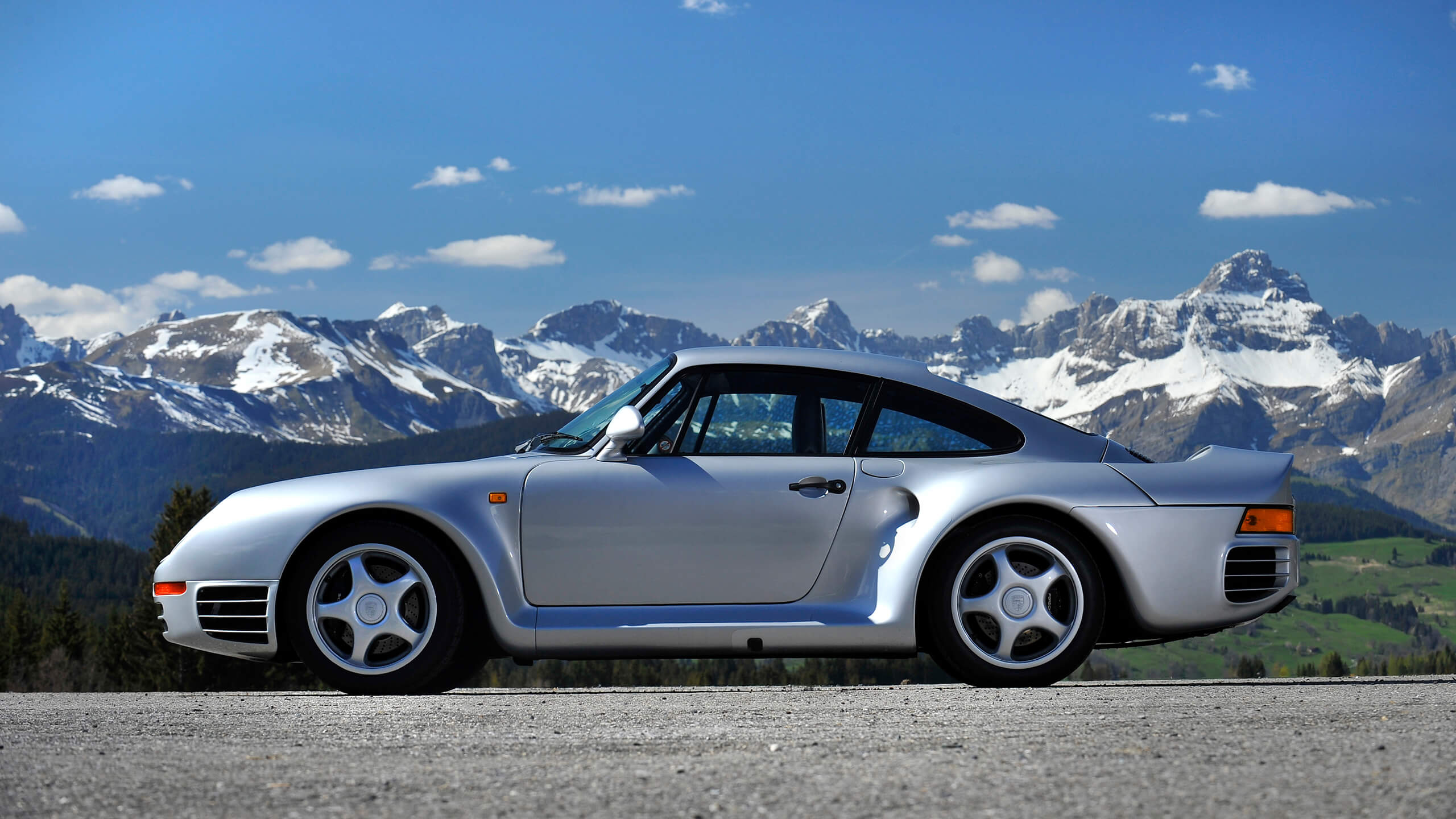
The night before I took a 959 out to discover the abilities of the world’s then-fastest road car, Porsche’s development chief, Professor Helmuth Bott, explained what his engineers had tried to achieve, writes legendary road tester Mel Nichols.
“We wanted,” he said over dinner in Stuttgart in October 1987, “a car with more technical systems and more performance than any road car had ever had – but a car that any driver with average experience could master within a short time.”
First, they based the 959 on the 911 to retain the virtues of small size, an uncompromised cabin, good vision and reasonable luggage space.
Then they crammed it with new technology, including adaptive damping and electronically controlled four-wheel drive with on-demand torque split. That’s what allowed mere mortals to access the performance. The 959 also gave the engineers a test bed for advanced systems which, said Professor Bott, “might become interesting for our normal production cars”. That tech flow lasted decades and benefitted myriad Porsches.
The flat-six engine’s capacity was just 2.85 litres. But with one turbocharger puffing from low revs and the second spooling in hard from around 4,000rpm, it thumped out 450bhp at 6,500rpm and 369lb ft at 5,500rpm for a mighty power-to-weight ratio of 317bhp/ton.
Very early next morning, I learned what all this could do. The flat-six had fired immediately and idled perfectly. The clutch was light and quick. With power assistance, the steering was even lighter than a 911’s although slightly more anaesthetised. The ride was taut but comfortable. Nothing heralded the phenomenal performance: 0 to 60mph in 3.7sec, 0-100 in 8.5 and 197mph.
The initial acceleration was powerful but, when the right-hand turbo stepped in, the 959 took off. It was then a matter of changing gears thick and fast and recalibrating eyes and brain to deal with scenery dialled up to fast. One hundred mph felt like 50.
Flooring the throttle in fourth, fifth or sixth – it didn’t matter which – catapulted the car forward. In moments it’d be at a relaxed 160mph. The effortlessness and stability made it clear this car heralded a new era. One eighty came up with ease. Then, on an empty autobahn, I was soon past 190mph too. It wasn’t entirely arrow-like – the front was working around over ripples that at this speed had become bumps – but even the 197mph maximum called for nothing more than watching way, way ahead. Specks on the horizon materialised into cars shockingly quickly. But the brakes, generating almost 1.3g, were up to the job.
Later, on a back road, it rained. A switch flicked the traction setting from dry to wet. Then, the 4wd benefits were massive: traction that allowed sensational acceleration. If the grip was beaten, the 959 just slid mildly at the front, in line with Porsche’s intention. Communication was instant. Ease the throttle a fraction and the nose drift stopped. It was fingertip stuff; the 959, for all its computerisation, was still a fingers and toes handler.
Back on dry roads, in a series of switchbacks, I pushed to the limit of the 959’s grip – better than 1g – and found it did nothing nasty. With full power, the nudge of understeer finally gave way to a shrug of oversteer.
Through it all, the 959 remained supremely safe and easy to drive. It was effortless and untiring; comfortable and convenient, as happy dribbling in traffic as blitzing the autobahn at almost 200mph. Its awesome performance made it more thrilling than any other car I had driven, but I loved it most because it gave so much and asked for so little. It took the mighty McLaren F1, seven years later and costing four times as much, to raise the game to the next level.
Mel Nichols’s detailed story about driving the 959 flat out is in his book And The Revs Keep Rising.
K500 subscribers can find market information on the Porsche 959 HERE.
Marque expert Dr Georg Konradsheim offers this advice:
“For me, the 959 still (or more than ever) is one of the truly great cars and a pleasure to drive.
“The K500 Guide values the 959 Komfort at $1,000,000 Excellent; $900,000 Good; $750,000 Average; $635,000 Poor. In my eyes, these figures are very accurate, and for the Sport version you can add a minimum of 50%. Colour is subjective but can have an influence – although I personally find silver the most boring as most cars are painted that colour!
“Servicing costs differ widely: I have just paid around €25k, but had expected a much higher bill. For another I paid €80k, but that car had been in hibernation for years.”
See www.rsr.at
Photo by Kidston


